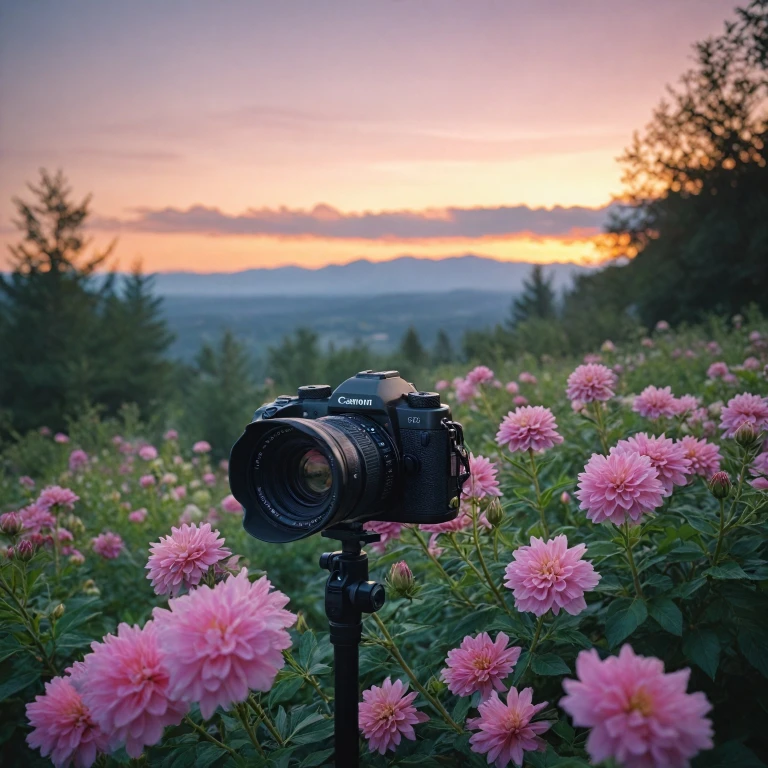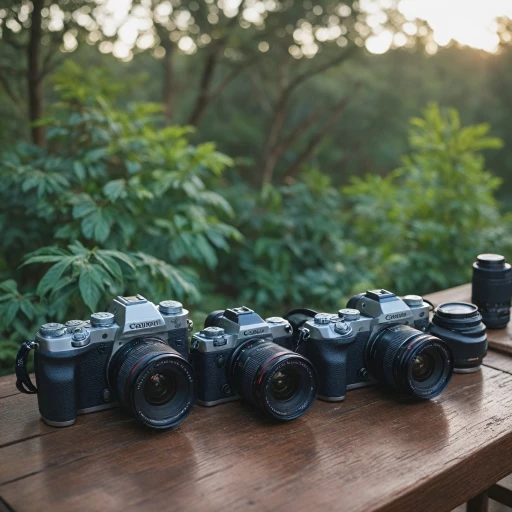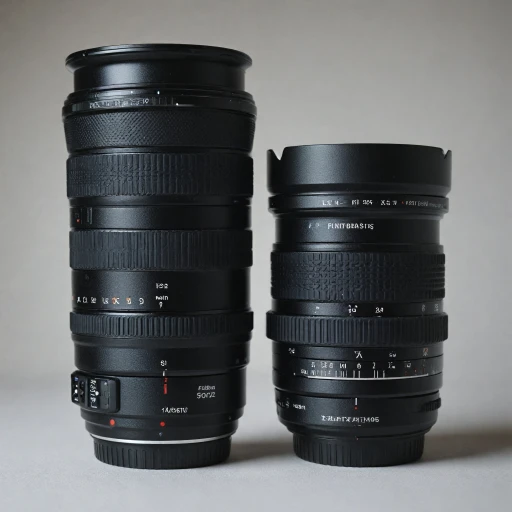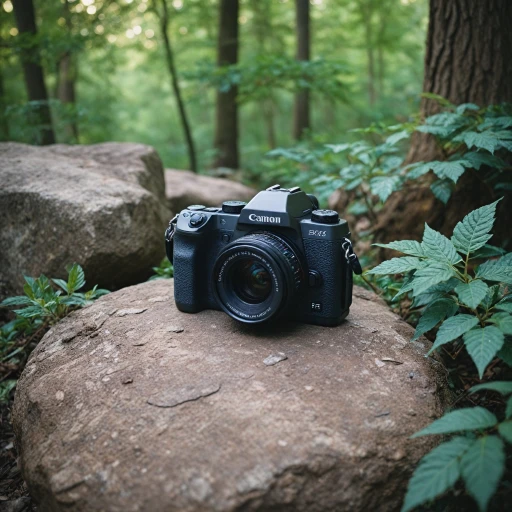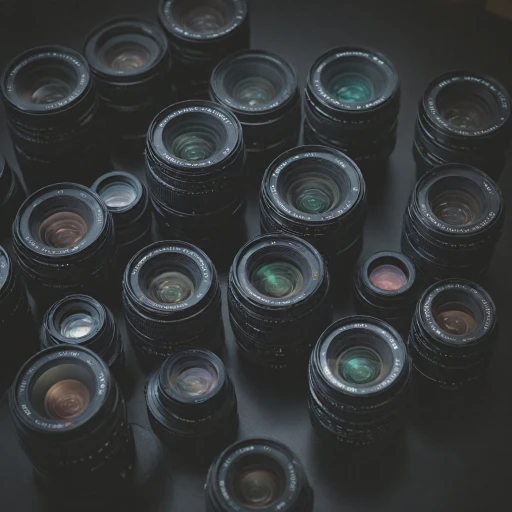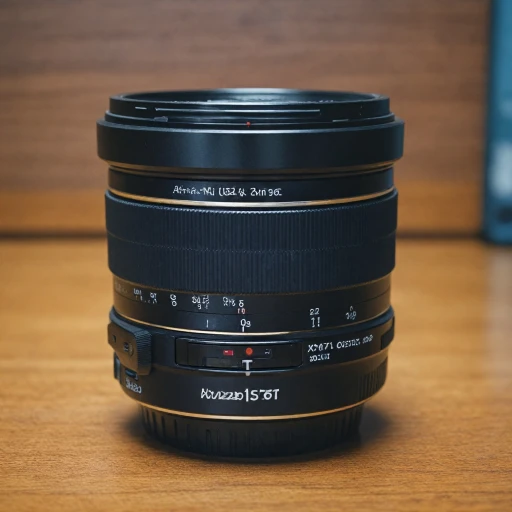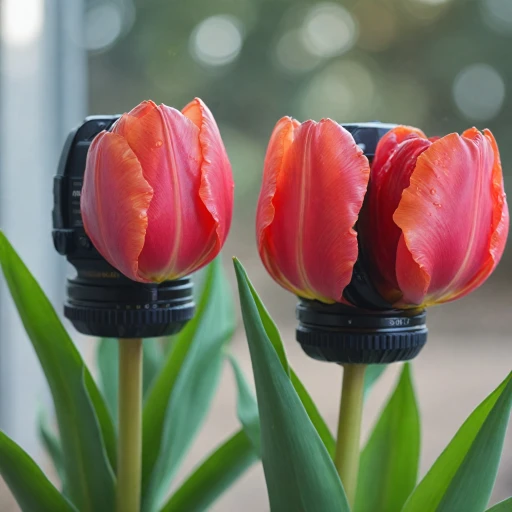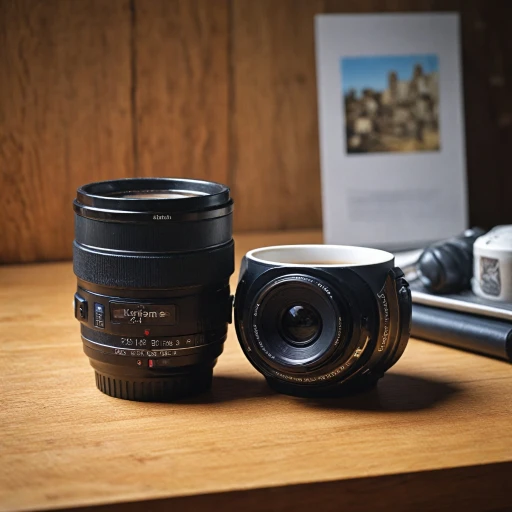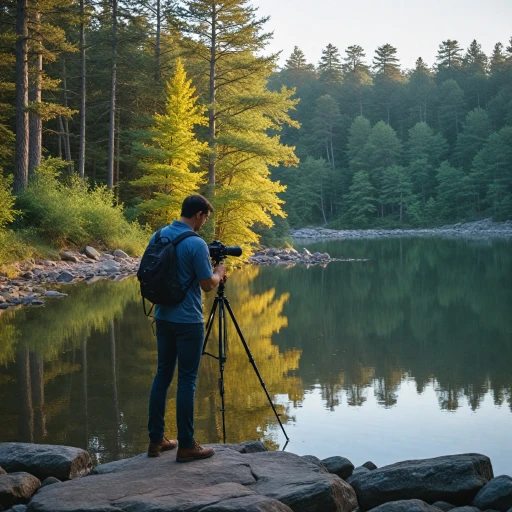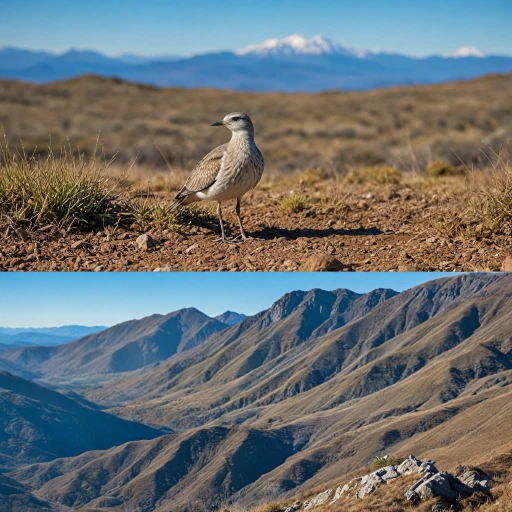
Understanding the Nikon 70-300mm Lens
Delving into the Features and Functions
The Nikon 70-300mm lens is a versatile piece of gear that appeals to both amateur and professional photographers thanks to its wide range of features and practical applications. This zoom lens comes with a focal length of 70-300mm, making it ideal for a variety of photographic scenarios such as wildlife photography, landscape, and portrait shooting. It offers a significant amount of zoom without compromising on image quality, ensuring that you achieve sharp and detailed photos whether you're shooting from a distance or up close. One of the central features of this Nikon lens is its advanced auto focus system, believed to provide smooth and quick focusing, even in low light conditions. Many user reviews highlight how the lens performs well, especially when used with cameras that support Nikon ISO adjustments. Moreover, it incorporates vibration reduction technology which plays a crucial role in reducing camera shake, thus enhancing image clarity and sharpness. Build quality is another aspect that photographers often appreciate about the Nikon 70-300mm. It is sturdy yet relatively lightweight, making it convenient for photographers who are always on the move and require a reliable gear option. The zoom ring is designed to function efficiently, allowing users to smoothly transition between different focal lengths, which is particularly beneficial in dynamic shooting environments. For those looking to explore more about this lens and how it compares with others within the range, visiting this comprehensive guide on the 70-300mm lens can offer valuable insights and informed comparisons. Engaging with other user's experiences and detailed reviews can help you understand the practical effectiveness of this lens within everyday scenarios.Benefits of Using a Telephoto Lens
Advantages of Telephoto Lenses for Photography
When considering the versatility of the Nikon 70-300mm lens, understanding the benefits of telephoto lenses is key. These lenses offer a range of features that enhance both amateur and professional photography, making them a staple in many photographers' kits. Here’s why they’re invaluable:- Extended Focal Range: The 70-300mm zoom range provides the flexibility to capture subjects at varying distances without physically moving. This is particularly beneficial for wildlife photography where proximity can disturb the natural setting of animals.
- Detailed Image Capture: With a good zoom function, users can achieve sharp, detailed images even from afar. The Nikon lens excels in maintaining top-notch image quality throughout its focal length.
- Minimized Distortion: Telephoto lenses like the Nikon 70-300mm are known for reducing distortion effects, ensuring that your images are clear and authentic representations of the scene.
- Low-Light Performance: While lenses like 70-300mm might not be typically associated with low-light scenarios, when paired with proper ISO settings (like those on a Nikon camera), they can still perform admirably in dusk or dawn conditions.
- Efficient Vibration Reduction: This lens includes vibration reduction technology, enabling photographers to capture blur-free images even at slower shutter speeds. This technology is particularly useful when photographing without a tripod.
Comparing the Nikon 70-300mm with Other Lenses
Evaluating the Nikon 70-300mm Against Competitors
When considering a zoom lens for your camera, the Nikon 70-300mm stands out for its unique blend of features and performance within its price range. It's essential to weigh its attributes against similar lenses to discern its true value. First, the Nikon Nikkor 70-300mm lens is renowned for its focal length range which is perfect for wildlife photography and sports. Its vibration reduction feature is particularly beneficial when capturing sharp images even in low light conditions. Compared to other lenses in the same category, the autofocus of the Nikon lens is highly efficient, contributing to a faster and quieter shooting experience. One aspect where the Nikon 70-300mm lens receives appreciation in user reviews is its build quality. It's durable yet lightweight, which makes it a convenient choice for photographers who are often on the move. This contrasts with some other lenses that may offer slightly better image quality but come at the cost of being bulkier and less portable. The image quality is another area where this lens performs well. While some photographers might opt for prime lenses for maximum sharpness, the 70-300mm delivers impressive results in both full frame and cropped sensor cameras, especially when paired with appropriate camera settings. Opening the lens wide open at its widest aperture can create stunning results when focusing on subjects against a blurred background. Though the price of the Nikon 70-300mm might seem steep to some, the overall performance justifies the investment, especially for those seeking a versatile zoom lens. The lens' performance in various lighting conditions is commendable, leveraging good ISO management for crisp, clear images. For photographers seeking more tailored options, it's prudent to explore https://www.digital-camera-guru.com/blog/the-perfect-blend-of-style-and-functionality-camera-bag-purses which offers insights into organizing and transporting different camera gears efficiently. In summary, the Nikon 70-300mm offers a compelling mix of functionality, image quality, and build that's hard to match, making it a worthy contender in the telephoto zoom market.Tips for Maximizing the Nikon 70-300mm Lens
Maximizing Your Nikon 70-300mm Lens Experience
Using the Nikon 70-300mm lens to its fullest potential can significantly enhance your photographic endeavors. Whether you're venturing into wildlife photography or capturing sports events, mastering this zoom lens is crucial.- Understanding Focal Length: The 70-300mm offers a versatile focal range, allowing you to zoom in on distant subjects with ease. Familiarize yourself with the various focal lengths and discover the sweet spot for your specific shots.
- Minding the Light Conditions: Low light environments can be challenging. Ensure to adjust your Nikon ISO settings to optimize image quality. The lens performs great when light conditions are favorable, delivering sharp and crisp images.
- Utilize Vibration Reduction: Nikon's vibration reduction technology is a game-changer. It helps stabilize images, especially at longer focal lengths. Engage this feature during handheld shots to avoid camera shake and ensure sharp images.
- Mastering Focus: The auto focus works well and is reliable for most situations. For precision shots, particularly in wildlife photography, manually adjusting the focus can yield better results. Practice switching between auto and manual focus until you find what works best for you.
- Customize Settings for Versatility: Experiment with different settings, such as wide open apertures, to achieve varied depth of field effects. Adjusting these settings can provide different artistic outcomes.
Common Challenges and Solutions
Addressing Common Issues with the Nikon 70-300mm Lens
While the Nikon 70-300mm lens is celebrated for its versatility and performance, users may encounter some challenges. Understanding these issues and their solutions can enhance your photography experience.
Focus and Sharpness
One common concern is achieving sharp focus, especially at the maximum focal length. The auto focus can sometimes struggle in low light conditions, leading to less sharp images. To counter this, consider using manual focus for greater precision. Additionally, shooting with a higher ISO can help in low light, though it may affect image quality.
Vibration Reduction
The lens's vibration reduction feature is generally effective, but it may not always compensate for camera shake at longer focal lengths. Using a tripod can stabilize your camera, ensuring sharper images. For those new to tripods, exploring options suited for beginners can be beneficial.
Build Quality and Handling
Some users have noted that the zoom ring can feel stiff, affecting smooth operation. Regular maintenance and gentle handling can mitigate this issue. The build quality is robust, but ensuring proper care will prolong the lens's lifespan.
Price and Value
While the Nikon 70-300mm lens offers great value, some photographers might find the price point challenging. Comparing it with other lenses in the same range can provide perspective on its cost-effectiveness. The lens's performance, especially in wildlife photography, often justifies the investment.
By addressing these challenges, photographers can maximize the potential of the Nikon 70-300mm lens, ensuring it works well in various shooting scenarios.
